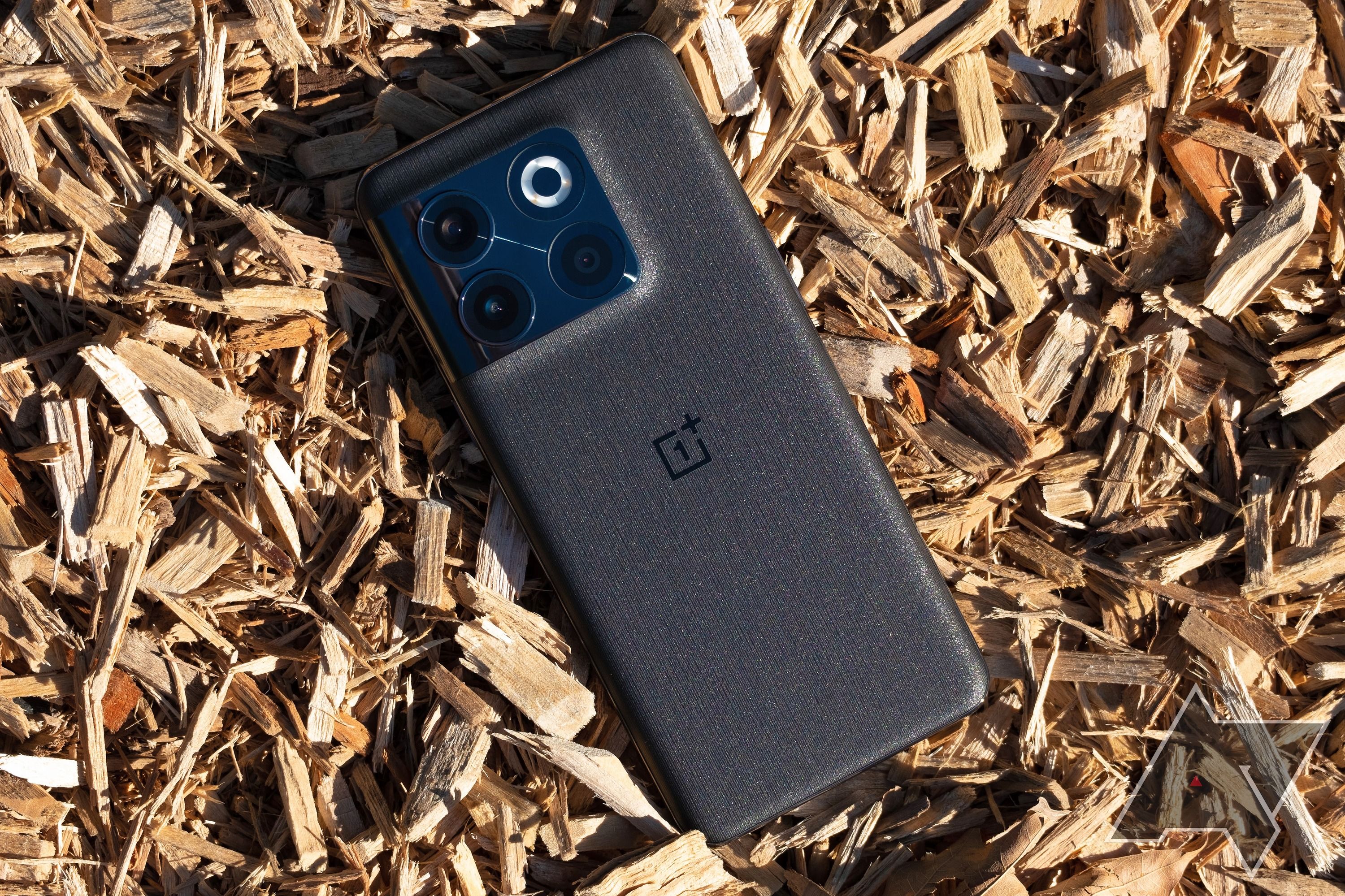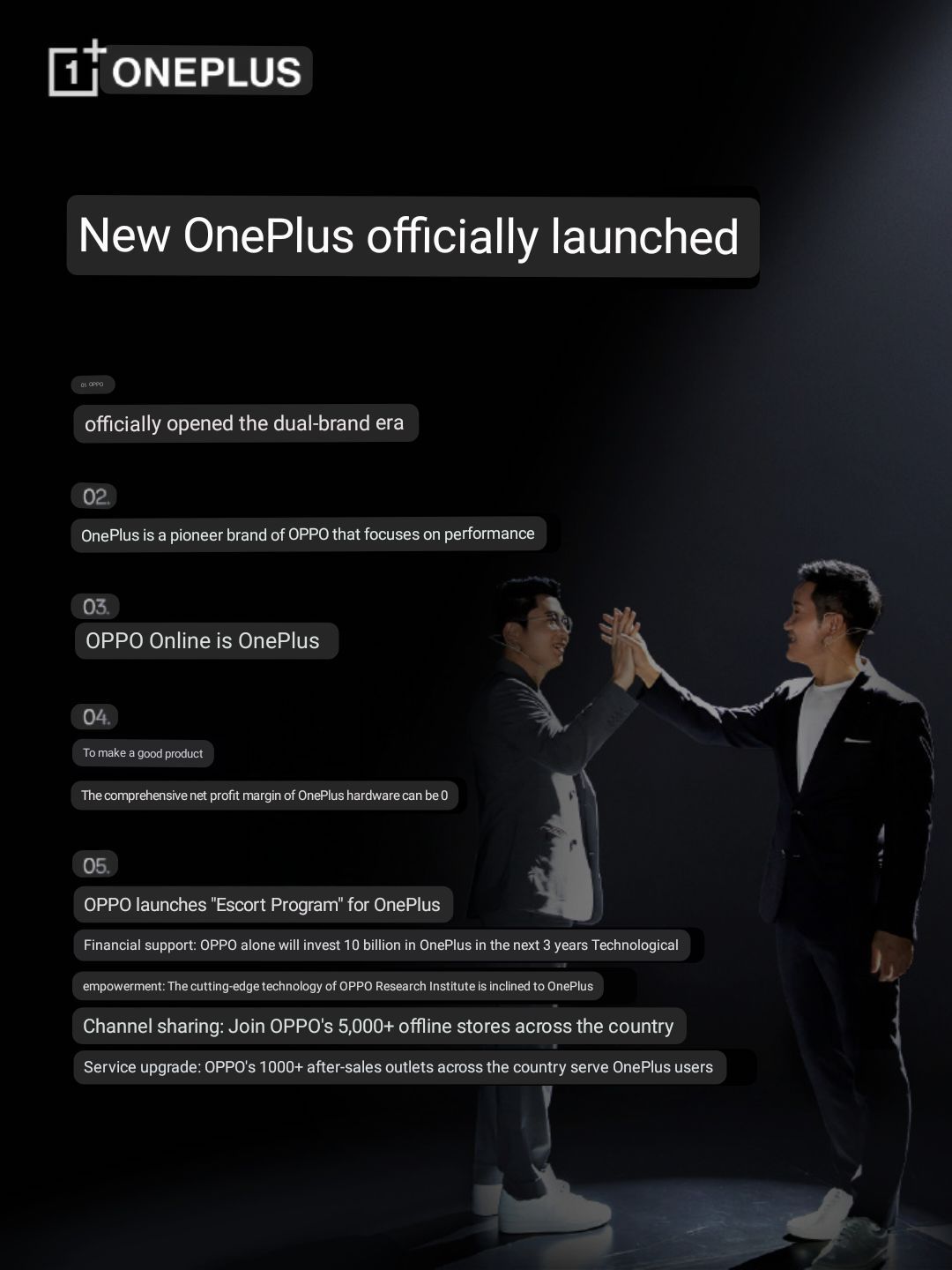OnePlus and Oppo have long worked hand-in-hand on hardware and software alike, but OnePlus was able to maintain its independent identity — until recently. While OnePlus still makes some of our favorite Android phones, the line separating the two brands has been less and less bright by the day. Their close ties became more obvious when the two brands decided to merge software resources. Now, OnePlus and Oppo are getting into an even deeper, more formal partnership, making OnePlus a sub-brand of Oppo in every meaningful way.
OnePlus recently marked its ninth anniversary, and used the opportunity to make some big announcements in its home market of China that will potentially shape its future. Oppo is going for what it called a dual-brand strategy, where it will position OnePlus as its premier label for flagship performance (via GSMArena). It appears to be sort of a merger, considering all the consolidation happening in the backend.
Based on details from the formal announcement (originally in Chinese), OnePlus will primarily be an online brand from now on in China, and for its offline sales, it will have to rely on Oppo’s existing stores in the nation. In line with that, its products will now be serviced at the latter’s service network in China instead of OnePlus’s own centers. OnePlus will also be able to share Oppo’s research capabilities, likely meaning even more homogenous hardware and software going forward.
Oppo has announced its intent to pump 10 billion yuan (~$1.43 billion) into its sub-brand OnePlus over the next three years. The parent company even appears willing to work with zero net profit margin from its OnePlus division for the sake of product quality (at least, according to the translation here). What this decision could mean for future OnePlus devices and their pricing remains to be seen.
The two BBK brands working together isn’t news, but OnePlus has remained the company’s face for global markets, especially in the West, where Oppo is non-existent. While these new developments are for now limited to China, it wouldn’t be surprising if Oppo decides to follow suit in more regions where both brands operate simultaneously to cut costs. All this news arrives just weeks before the OnePlus 11 is expected to go official, and we don’t know yet if these internal changes had a part to play in its development.


